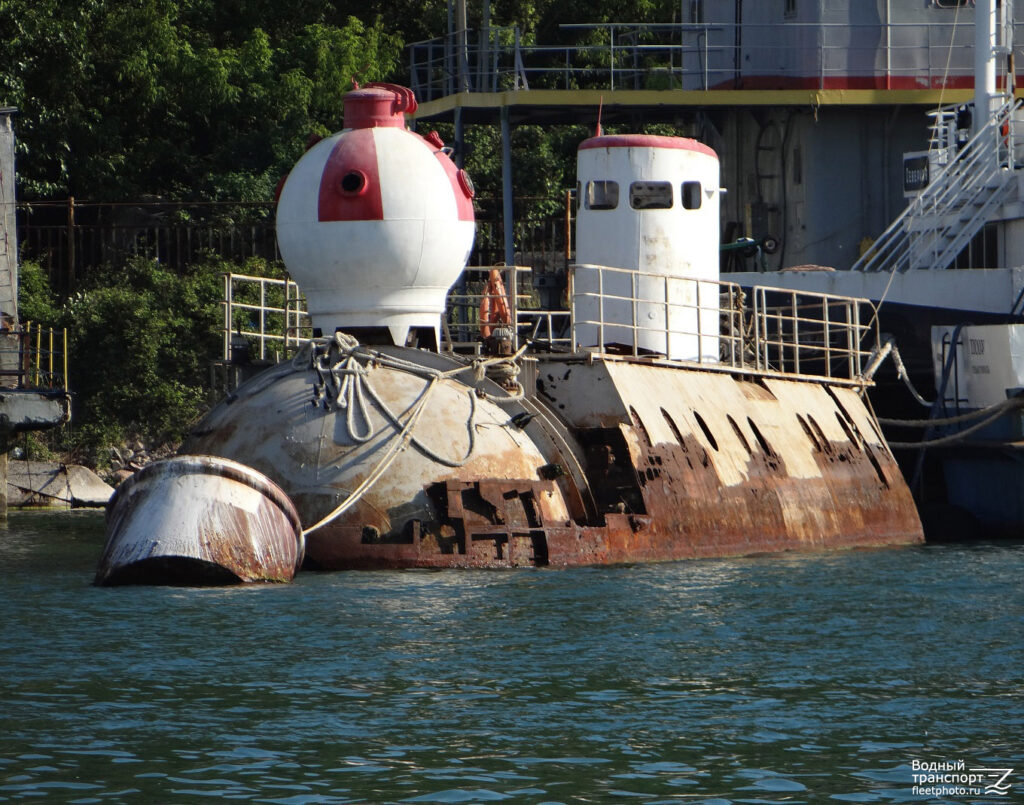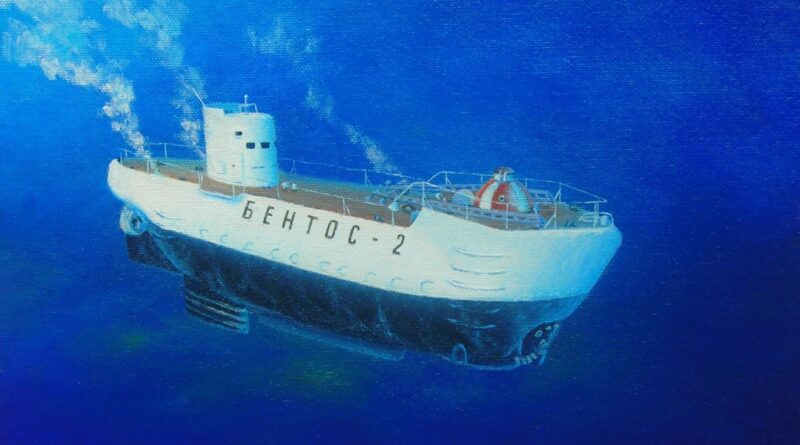Journey into the Abyss: Unveiling the ‘Bentos-300’ Submersibles
In the history of underwater scientific research, there are many forgotten chapters with fascinating stories, featuring dreams, flights of imagination, and bold ideas. One of these chapters is “Bentos-300.”

The underwater vessels of the “Bentos-300” project were a series of two Soviet experimental self-propelled underwater laboratories. The submarines of project 1603 were designed by the Leningrad Design Institute “Giprorybfleet” on the order of the Ministry of Fisheries. These vessels were constructed in 1976 and 1983, named as PLB-76-01 and PLB-83-02 (PLB stands for Towed Underwater Laboratory). Both underwater submarines were transferred to the Sevastopol branch of the Special Experimental Design Bureau for Underwater Research.
These large underwater laboratories, with a displacement of about 500 tons and a length of 30 meters, were intended for conducting extended biological scientific observations. They were unique research complexes with no analogues anywhere in the world. These submarines were capable of diving to depths of up to 300 meters and autonomously moving through the water at speeds of over two knots. They were equipped with scientific research equipment, instruments, and data processing tools. The autonomy of these vessels was 10 days, but during tests in 1977, researchers spent 12 days underwater.

Each of these underwater vehicles had a diving complex, allowing a diver to enter and exit the submerged laboratory. The first compartment was equipped with various scientific instruments, and the 37 portholes of the submarine provided excellent all-around visibility. The vehicle was powered by an electric motor. To conduct underwater research, the laboratory was placed in a “submarine house” mode. When on the seabed, its position was fixed using three anchors, winches, and a lag electric motor located on the “belly” of the apparatus.
The crew consisted of 12 people, including pilots, onboard engineers, oceanologists, divers, and a doctor. For crew safety, there was a special detachable emergency chamber. In case of an accident, the entire 12-person crew had to transfer to the emergency chamber. The lower hatch of the chamber would close, it would detach from the main sturdy body, and then it would float to the surface.

During its trouble-free operation, these apparatuses made hundreds of scientific dives in the Black Sea, spending several thousand hours underwater. However, after the dissolution of the Soviet Union, the project was halted, and its funding was discontinued. In the future, the idea did not receive further development, as economically, it became more convenient to use remotely operated vehicles for biological observations. Currently, one of the devices is located in the city of Sevastopol, Ukraine. Enthusiasts are trying to restore it and use it in the future as an exhibit of a museum of underwater researches.




